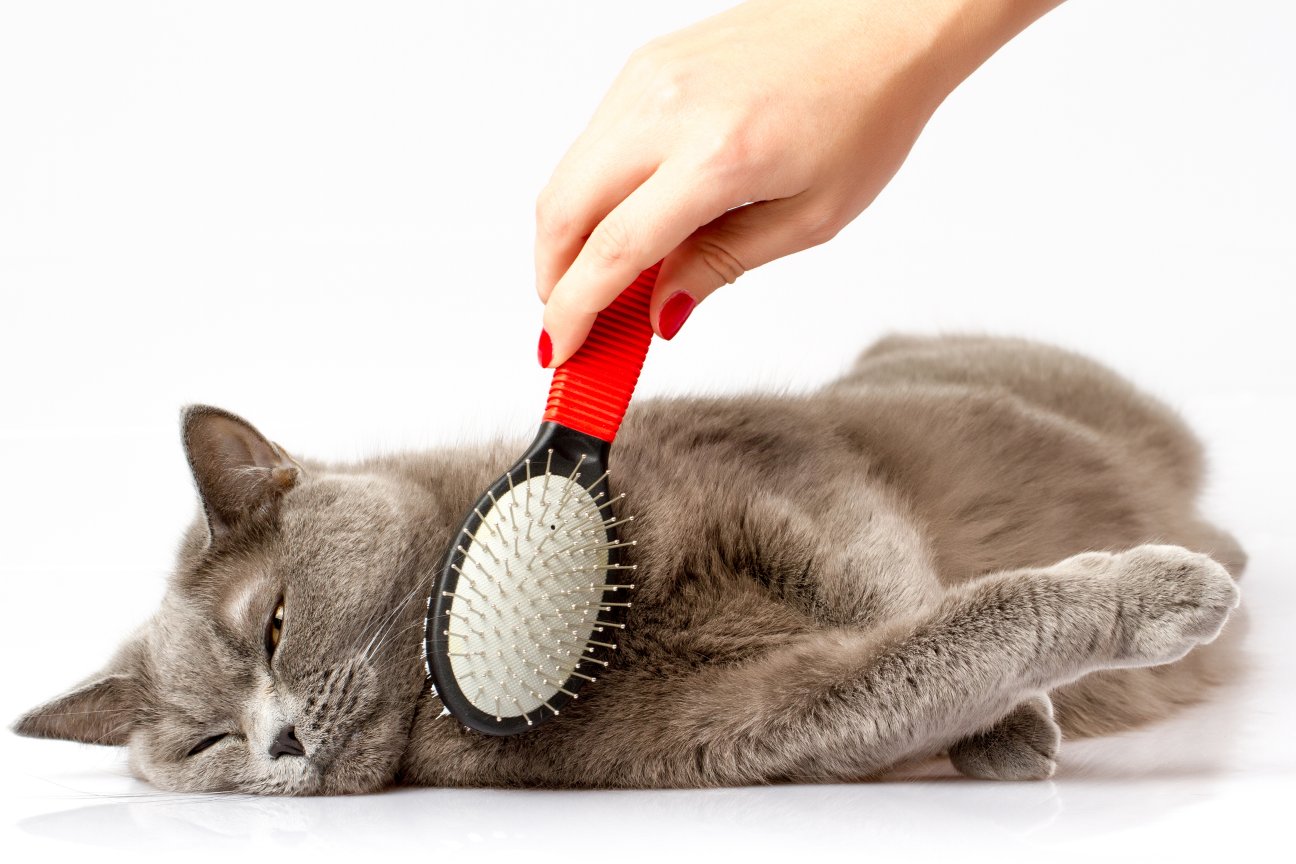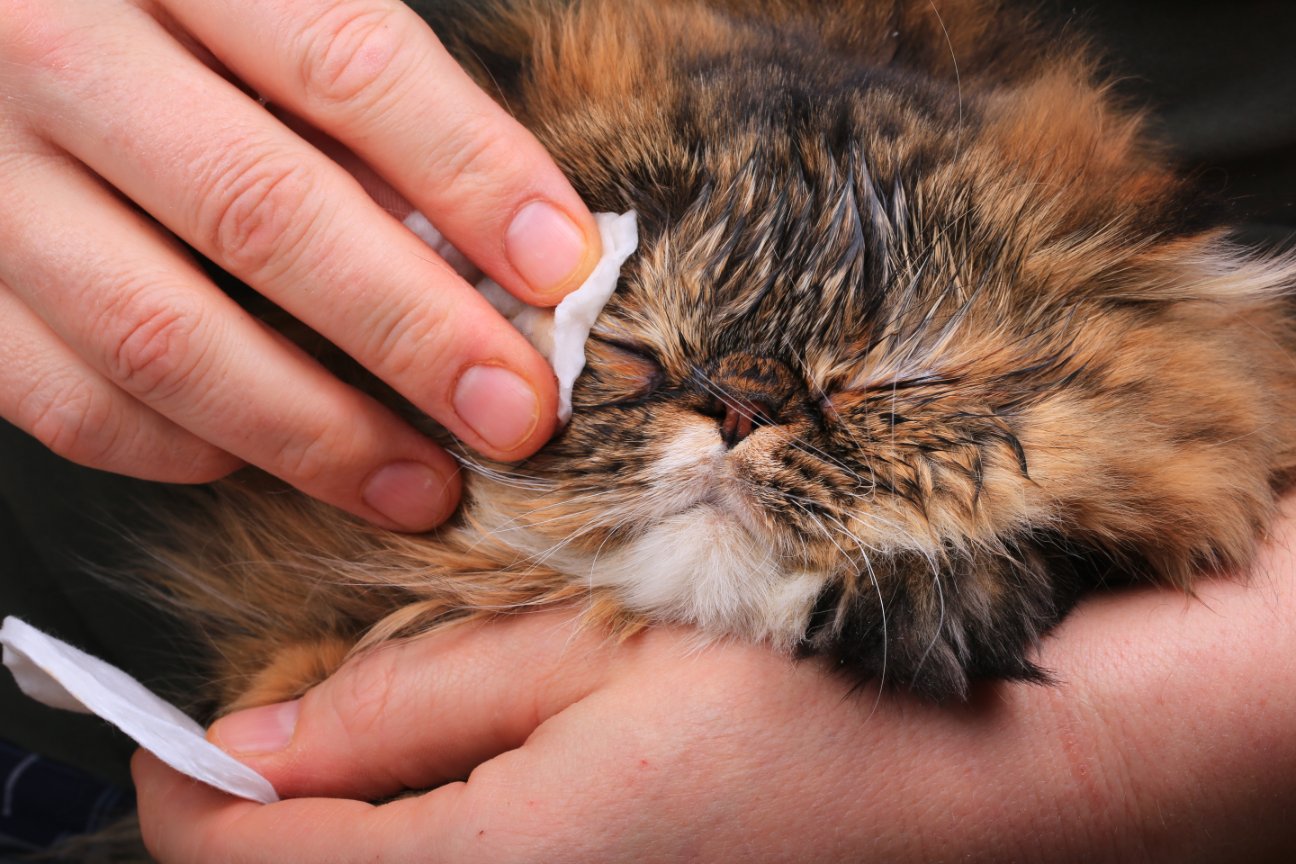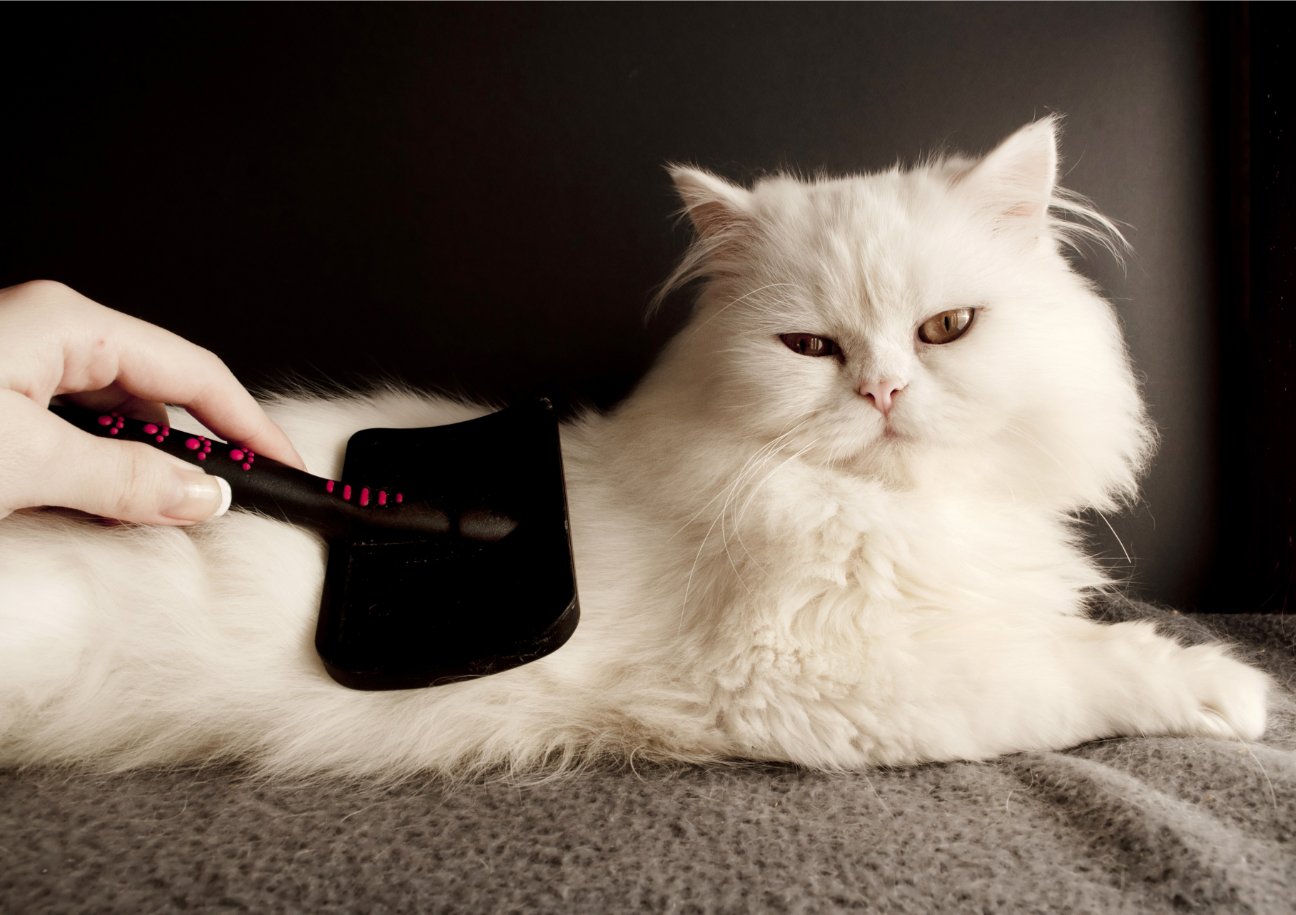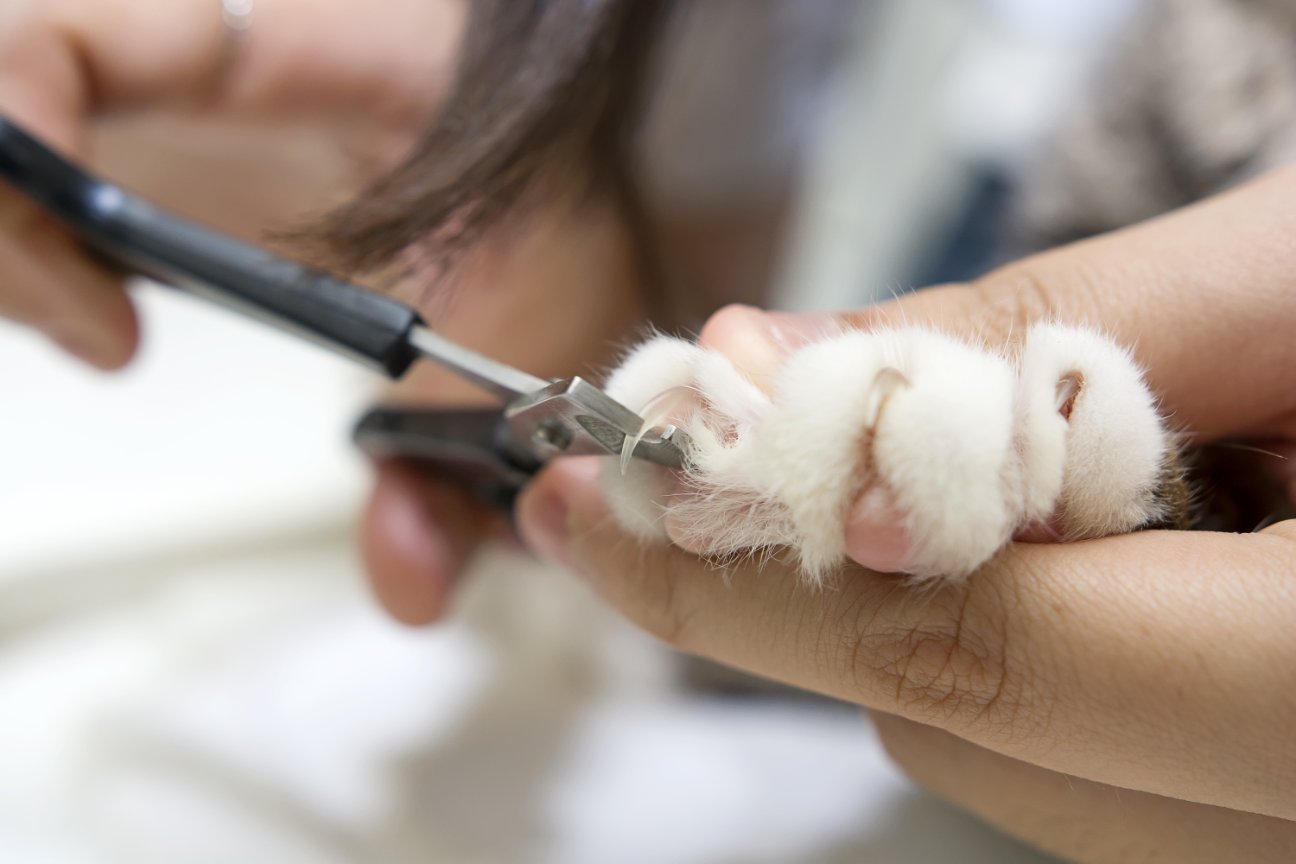As a groomer, I believe all cats should be desensitized towards grooming sessions despite the fact that they are self-groomers. Here’s why grooming's important for your cat’s health and wellbeing
Most people think cats can take care of themselves and they’d actually prefer it that way, but even the most self-obsessed and self-sufficient (speaking of grooming) felines could use a helping hand. Regular grooming, including brushing, bathing, fur trimming and nail trimming, among others, offers many benefits. It helps in promoting a healthy coat, eliminates odour, detangles matted fur and reduces hairballs. Grooming is the best way to also do a body check for fleas, bumps, and anything abnormal. It even helps to strengthen the bond and trust factor between cat and owner.

Image Courtesy- Sergey Gerashchenko-Shutterstock
Short-coat cats may not need frequent baths, but they can all do with a good brush-down at least once in two days.
The most common long-coat cats that we come across in India are the Persian cats. They need a lot of care and grooming. Daily brushing followed by combing, cleaning between the eyes and nose is very important. Due to their punch face, it’s very easy for dirt and eye secretions to accumulate and hence, they need to be given special attention.

Image Courtesy- Sergey Tulkin-Shutterstock
To establish a successful grooming routine with your cat, it is important to make the experience as enjoyable as possible. Start slow and get your cat accustomed to the process by gently handling her as long as she will allow. Reward each positive experience with treats and praise and repeat until your cat is comfortable.
Brushing
Regular brushing removes dead hair, helping to prevent mats before they become unmanageable and reduce hairballs, which build up in your cat’s digestive system. There are many different grooming tools available: fine-toothed combs and rubber grooming gloves are some of the most popular examples among the wide array that is available. In general, a wire slicker or bristle brush is a safe choice, but if you’re not sure which will work best for your cat, ask your groomer for a recommendation.

Image Courtesy- DreamBig-Shutterstock
Begin brushing her slowly, starting with the areas she likes to be petted on, along the back or under the chin. As she gets comfortable, you can move to other areas like the abdomen, tail, and legs. If your cat objects to any of these areas, stop and go back to an area she prefers. Initial grooming sessions should be short. With time and patience, you will be able to establish a proper routine.
Bathing
A lot of cats are not fond of the idea of being given a bath. Most of them tend to groom themselves but you will still come across a few that are just plain lazy. If your cat belongs to the latter kind, then it’s your responsibility to give them a regular clean-up. You may also be lucky because some cats enjoy the water! So first check what kind of kitty yours is.

Image Courtesy- Nadezda Murmakova-Shutterstock
Sometimes, bathing may be recommended to treat a skin condition as well, so it's always a good idea to keep your cat in practice for bath-time. You can bathe your cat at home or at a professional grooming facility. If you decide to bathe your cat at home, use a mild shampoo and warm water. Stick to your cat’s body, avoid water directly on the face, and keep the entire process as quick as possible to reduce stress.
Shaving/Haircuts
Long-coat cats benefit from having their fur clipped to keep them cool and comfortable. If a long coat is not looked after well, then the coat gets tangled up and fur would need to be shaved off. Knots and mats can actually cause a lot of pain if ignored long-term.

Image Courtesy- BUY THIS-Shutterstock
Haircuts are best left to the professionals, as cats can be difficult to handle when it comes to giving them a haircut. Professionals know how to work their way around a stressed cat and watch out for signs that make the cat anxious or uneasy. Also, cats have thin skin and can easily get cut if the equipment is not used correctly, so be particular about this.
Nail Trimming
If your cat is getting caught on your furniture, chances are her nails could use a trim. Regular physical activity and scratching behaviours wear down your cat’s nails naturally, but some cats might need a nail trim.

Image Courtesy- Yimmyphotography-Shutterstock
Before trimming, ensure you have provided your cat scratch posts around the house. That can sometimes do the trick. Like brushing, it’s important to start slow and get your cat used to having her paws touched. At a time when your cat is calm and relaxed, gently press on each paw pad to extend the nail. Trim ONLY the white tips, the pink part contains blood vessels and is very painful if cut.
How your cat grooms herself is also a reflection of her mental and physical health. If she is missing certain spots, there may be painful factors involved. If she is overly licking or biting it could also be a stress-related problem. It is important to keep a keen eye on any such changes as they may be a red flag that your cat needs medical help.
So as a groomer, I feel that all cats should be desensitized towards grooming sessions despite the fact that they are self-groomers. The earlier you start, the easier it is on your cat!